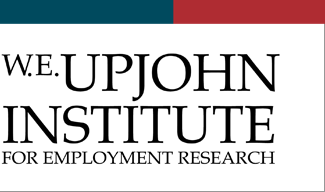Upjohn Author ORCID Identifier
Publication Date
1-1-2003
Series
Upjohn Institute Working Paper No. 01-73
**Published Version**
In Industrial and Labor Relations Review 57(1): 105-127
DOI
10.17848/wp01-73
Abstract
This paper examines the reasons why employers used and even increased their use of temporary help agencies during the tight labor markets of the 1990s. Based on case study evidence from the hospital and auto supply industries, we evaluate various hypotheses for this phenomenon. In high-skilled occupations, our results are consistent with the view that employers paid substantially more to agency help to avoid raising wages for their regular workers and to fill vacancies while they recruited workers for permanent positions. In low-skilled occupations, our evidence suggests that temporary help agencies facilitated the use of more "risky" workers by lowering their wages and benefits and the costs of firing them. The use of agency temporaries in both high- and low-skilled occupations reduced the pressure on companies to raise wages for existing employees, and thereby may have contributed to the stagnant wage growth and low unemployment observed in the 1990s.
Issue Date
December 2001, Revised January 2003
Subject Areas
LABOR MARKET ISSUES; Employment relationships; Temporary employment
Get in touch with the expert
Want to arrange to discuss this work with the author(s)? Contact our .
Included in
Citation
Houseman, Susan N., Arne L. Kalleberg, and George A. Erickcek. 2001. "The Role of Temporary Agency Employment in Tight Labor Markets." Upjohn Institute Working Paper No. 01-73. Kalamazoo, MI: W.E. Upjohn Institute for Employment Research. https://doi.org/10.17848/wp01-73

